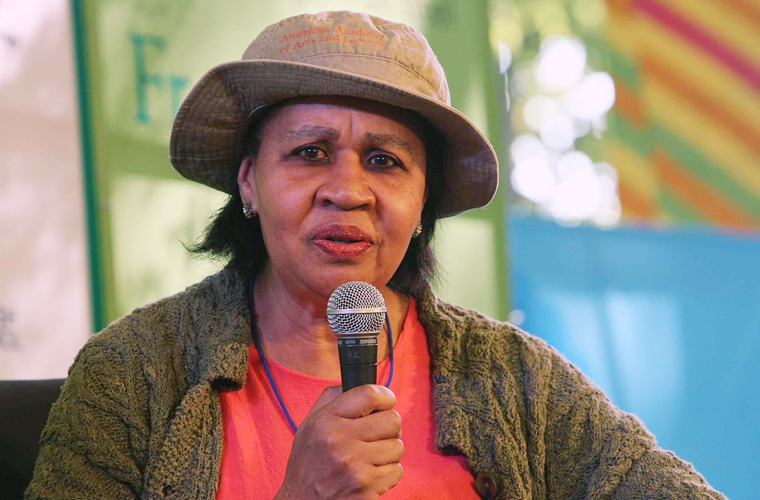Jamaica Kincaid is a prominent Caribbean-American writer known for her powerful and evocative literary works. Born in Antigua, she moved to the United States at the age of 17 to pursue her dreams of becoming a writer. Over the years, Kincaid has established herself as a prominent voice in contemporary literature, addressing themes of identity, colonialism, and the complexities of family relationships.
Kincaid’s writing style is characterized by its lyrical prose and unflinching portrayal of the human experience. Her debut novel, “Annie John,” published in 1985, garnered critical acclaim for its poignant exploration of a young girl’s coming-of-age in Antigua. The novel delves into themes of adolescence, rebellion, and the search for self-identity, all of which are recurrent motifs in Kincaid’s body of work.












In addition to her novels, Kincaid is also celebrated for her poignant essays and non-fiction works. Her collection of essays, “A Small Place,” offers a searing critique of colonialism and its lasting impact on Antigua. Through her sharp and incisive prose, Kincaid challenges readers to confront the legacies of imperialism and the complexities of post-colonial identity. Kincaid’s literary contributions have earned her numerous accolades and awards, including the Guggenheim Fellowship for Creative Arts, the Lannan Literary Award for Fiction, and the Anisfield-Wolf Book Award. Her influence extends beyond the realm of literature, as she has also been a vocal advocate for social justice and human rights.
As a writer, Kincaid’s impact on contemporary literature cannot be overstated. Her ability to capture the nuances of human experience with both honesty and compassion has solidified her as a literary force to be reckoned with. Through her writing, she continues to inspire readers and writers alike to engage with complex themes and to confront the realities of the world with empathy and understanding.
In conclusion, Jamaica Kincaid’s contributions to literature have left an indelible mark on the literary landscape. Her unapologetic exploration of identity, colonialism, and the human experience has resonated with readers around the world, cementing her legacy as a trailblazing writer. As she continues to produce thought-provoking and impactful works, it is clear that Jamaica Kincaid’s influence will endure for generations to come.

